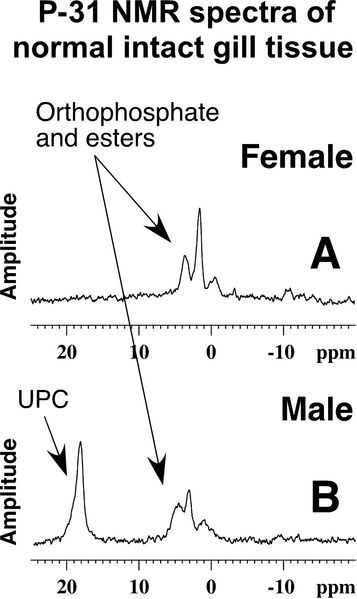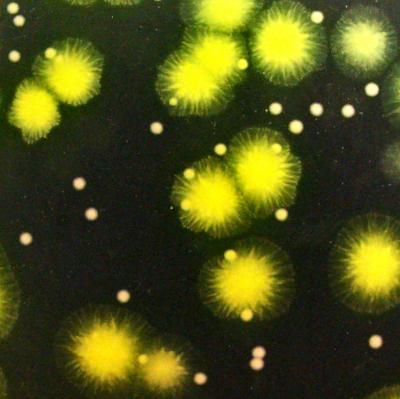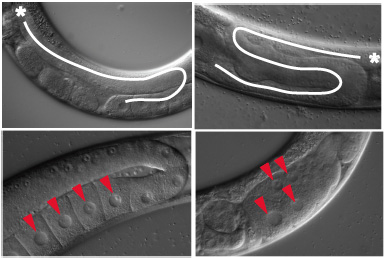 AI Reveals 10X More Yellowstone Volcano Earthquakes Than Known Before
AI Reveals 10X More Yellowstone Volcano Earthquakes Than Known BeforeYellowstone was the first national park designated in the United States and is a popular tourist...
 Counterfeited In China: US Tariffs May Hurt Criminals The Most
Counterfeited In China: US Tariffs May Hurt Criminals The MostIn early 2025, the Trump administration began to place tariffs on countries that already had them...
 RSV Vaccine For Pregnant Women Leads To 72% Fewer Babies Hospitalized With The Virus
RSV Vaccine For Pregnant Women Leads To 72% Fewer Babies Hospitalized With The VirusReal world data show that the respiratory syncytial virus (RSV) vaccine rolled out for pregnant...
 Bubbles In Ice Could Be A Future Medium For Secret Codes
Bubbles In Ice Could Be A Future Medium For Secret CodesScholars have developed a method to encode binary and Morse code messages in ice. A 'message in...










